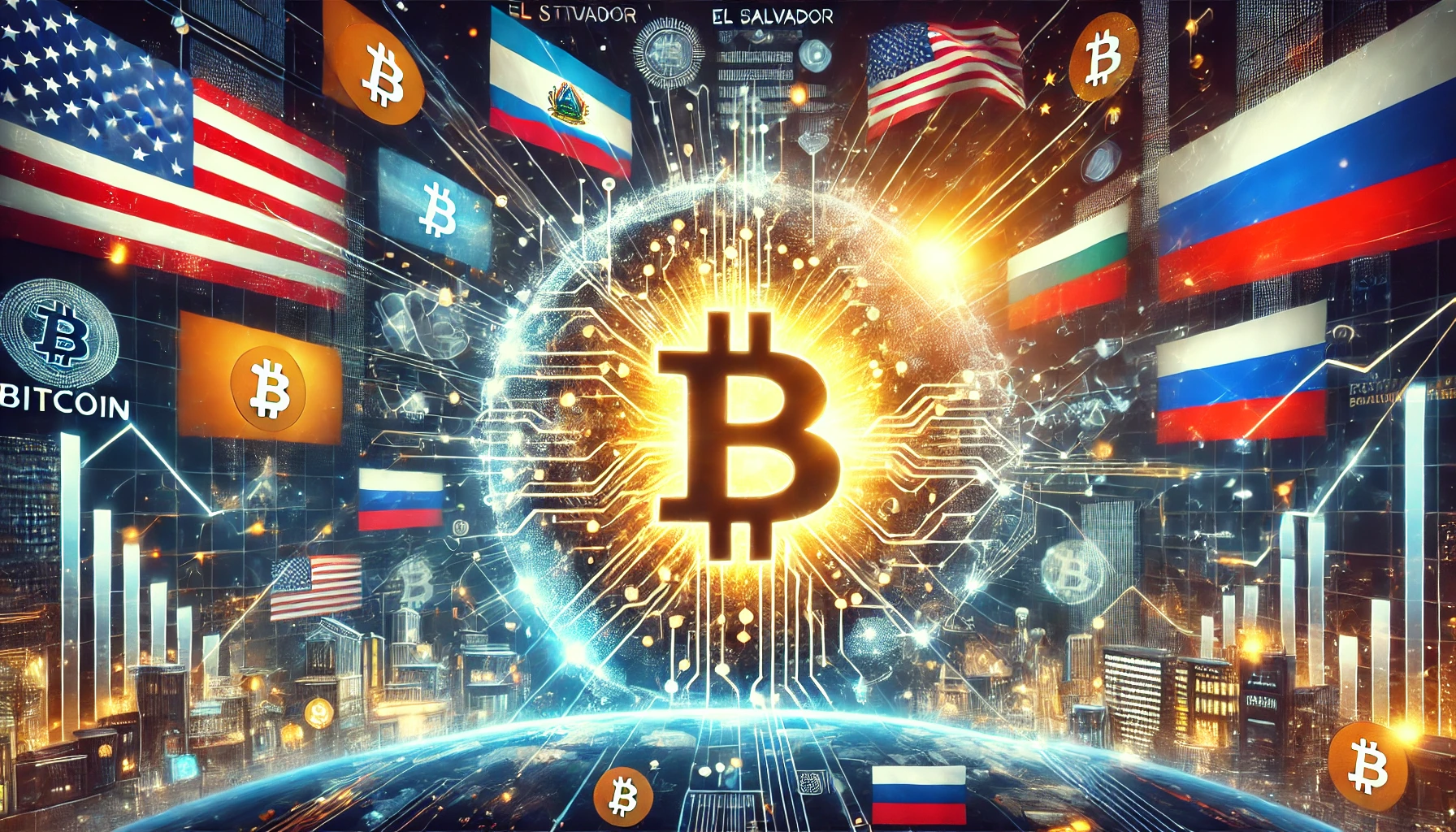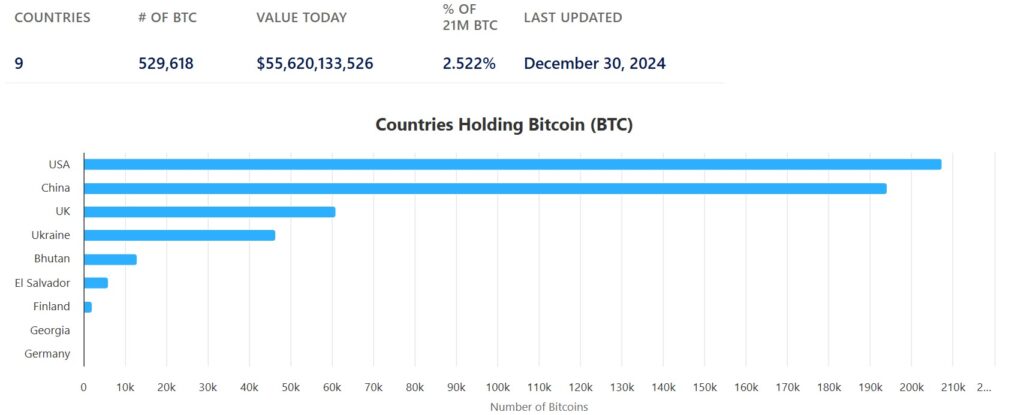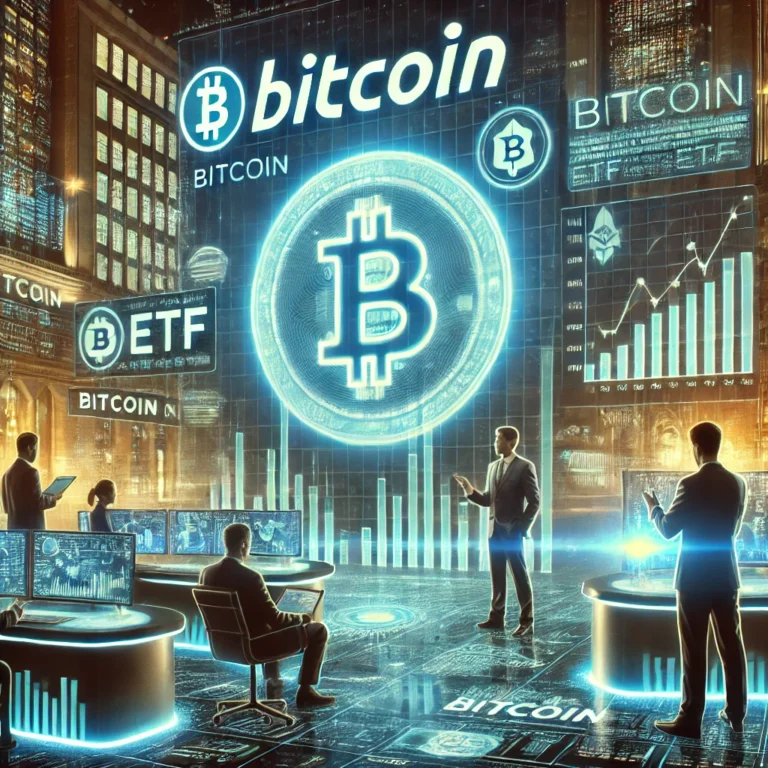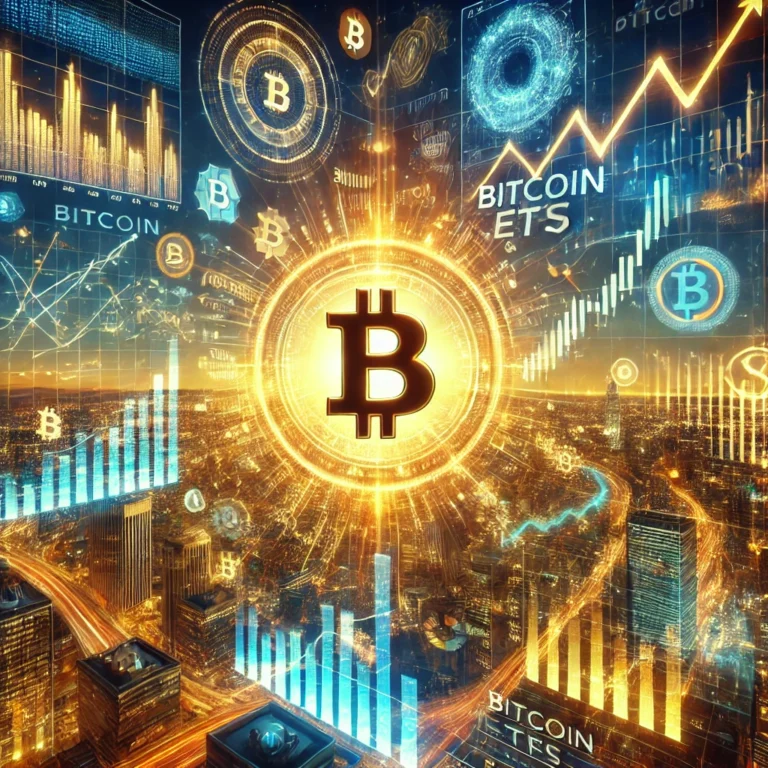The Global Bitcoin Race: How Growing Competition Could Trigger the Next Big Price Surge

“Bitcoin is a technological tour de force,” stated Bill Gates, acknowledging the increasing mainstream attention Bitcoin is garnering. This interest has evolved into a global competition, with nations and major corporations vying for a piece of the Bitcoin pie.
The Bitcoin race is not only a contest for market dominance; it marks a crucial moment in the intersection of finance and geopolitics. Countries like El Salvador are leading the way, already adopting Bitcoin as legal tender, and others are considering setting up strategic reserves. The implications for global economics are profound.
As the battle for Bitcoin dominance intensifies, it could create a perfect storm of demand and scarcity that could trigger the next major Bitcoin price surge.
The Global Bitcoin Race: Defining The Growing Competition for Bitcoin

From nation-states to institutional investors, the competition for Bitcoin is rife and will play a huge role in molding the future of BTC, its adoption and its potential price. Some key players in this race include nations, states, institutions and banks.
El Salvador is already ahead of the pack, making headlines after adopting Bitcoin as a legal tender. This move showcases its potential as both a reserve asset and a tool for financial inclusion, something countries facing inflation or economic instability find appealing. To them, Bitcoin could act as a hedge against traditional monetary policies.
El Salvador’s success story has inspired other nations, such as the US, with President Trump already moving to set up a strategic Bitcoin reserve. These moves are fueling global interest in Bitcoin’s role in monetary systems.
Companies like Tesla, MicroStrategy, and PayPal are accumulating Bitcoin as part of their corporate strategies. These moves by high-profile institutions signal confidence in Bitcoin’s long-term value. Hedge funds and pension funds are beginning to allocate a percentage of their portfolios to Bitcoin, further cementing its role as ‘digital gold.’
Central banks around the globe are exploring digital currencies as part of their monetary innovation strategies, with some even creating their own digital currencies. This highlights Bitcoin’s potential as a benchmark for decentralized digital assets.
Areas of Competition
The global Bitcoin race is a multi-faceted competition playing out on several fronts. It’s not simply about price speculation; it’s a dynamic mix of mining, adoption, regulation, and technological innovation. These areas shape Bitcoin’s trajectory and highlight the geopolitical and economic forces driving its adoption and development.
The geographic distribution of Bitcoin mining hash rate has evolved over time. Key players like the United States, Russia, China, and Kazakhstan dominate the sector, each vying for control of more mining resources.
According to the Cambridge Bitcoin Electricity Consumption Index (CBECI), these shifts reflect broader economic and political dynamics that impact Bitcoin’s decentralization and security.
Another area of competition is Bitcoin adoption rates, which vary depending on economic instability, access to financial services, and regulatory clarity. For instance, emerging markets with limited access to traditional banking systems have embraced Bitcoin as an alternative financial solution.
Regulations also affect Bitcoin’s adoption. Countries with progressive policies like favorable tax treatments or incentives for crypto businesses, encourage investment and innovation, while restrictive regulations can stifle growth.
How Competition Drives Demand and Scarcity
The coaction of competition across these domains can have a big impact on Bitcoin’s price dynamics. Here’s how:
Competition for Bitcoin, whether through mining efforts or direct acquisitions, inherently increases demand. With Bitcoin’s capped supply of 21 million coins, heightened demand leads to greater scarcity, which can drive up prices.
As more nations and institutions adopt Bitcoin, its mainstream acceptance and legitimacy grow. This attracts more investors, creating a feedback loop that further boosts demand and price.
Technological advancements driven by competitive innovation make Bitcoin more scalable, secure, and user-friendly. These improvements expand Bitcoin’s appeal, drawing in more users and investors.
Economic instability and political uncertainty in certain regions drive demand for Bitcoin as a safe haven asset. In times of crisis, Bitcoin’s decentralized nature becomes particularly attractive, further contributing to its demand.
What the Next Bitcoin Price Surge Could Look Like
This competition for Bitcoin is setting the stage for a significant price surge. Here’s a glimpse of what that might look like.
Institutional and governmental actions have often triggered past Bitcoin price surges. For instance, the entry of Tesla and MicroStrategy into the market contributed to previous all-time highs. More recently, Donald Trump’s presidential win pushed BTC over $100k, leading to a new all-time high.
Based on current adoption trends and market competition, analysts predict Bitcoin could reach $120k, given it has already stabilized over the $100k mark. However, BTC’s value could exceed these predictions as demand and competition intensifies.


